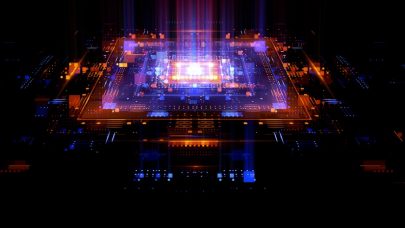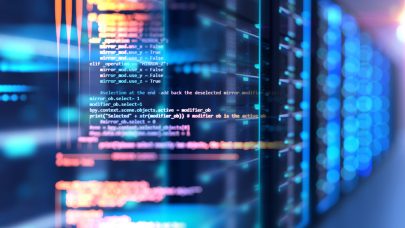As many states begin to loosen the lockdowns and stay-at-home orders that have forced most Americans inside for the past two months, researchers are poring over the data, looking for signs of the dreaded second peak of the pandemic. Much uncertainty remains in this analysis: COVID-19 is such a new virus that researchers are largely uncertain how it spreads, and thus are uncertain how the spread will be affected by various policy measures (or lack thereof). Now, researchers at Argonne National Laboratory have applied supercomputing power to analyze how the virus spreads through populations.

The Argonne researchers – Jonathan Ozik and Charles Macal – led a team to develop epidemiological models to simulate COVID-19’s spread through city-scale representations of Chicago. The simulated Chicagoan environment was populated by nearly three million individuals traveling around 1.2 million locations, each offering an opportunity for infection. The research team ran these models for a simulated year, iterating on them each day as new real-world data became available.
“The workflow ingests updated epidemiological data – for instance, that published daily by the Chicago Department of Public Health – which serve as empirical target trajectories. By comparing these with outputs generated from ensemble model runs, we are able to estimate the pandemic’s underlying parameters,” Ozik said in an interview with Argonne’s Nils Heinonen. “It is these calibrated parameters that enable us to run different scenarios with the model.”
The CityCOVID model had strong computational requirements due to its complexity. “This is the most detailed granular simulation of COVID-19 that exists right now in terms of modeling individuals who could be in various disease states, including infectious or hospitalized,” Macal said.
To power the simulation, the researchers turned to Argonne’s Theta supercomputer, which has reserved 250 nodes for COVID-19 research. Theta is a Cray XC40 system that delivers 6.9 Linpack petaflops, placing it 28th on the most recent Top500 list of the world’s most powerful publicly ranked computers. The epidemiological simulations have used more than 800 nodes of Theta simultaneously.
“With this model, you have potentially many people interacting in many different ways: some might be infected, some might be susceptible, and they mix in different proportions in a variety of different locations – there are different locations like schools and workplaces where very different parts of the population interface,” Ozik said. “The multitude of possibilities the model presents make it quite qualitatively different from – and quantitatively more complex than – a statistical model or more simplified compartmental models, which are much faster to run.”
The model will allow researchers to understand COVID-19’s spread on a more granular level, potentially lending valuable insight into which policies might work to stem the spread of the virus – and which don’t.
“What are good ways to ease off the social distancing measures?” Ozik said. “Everybody’s interested in that for very obvious reasons, but we don’t want to do something that will just create another calamity a few months down the road.”

































































